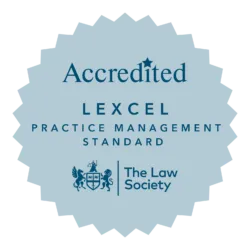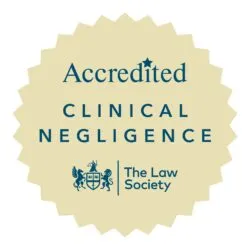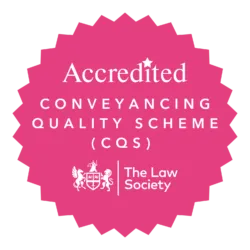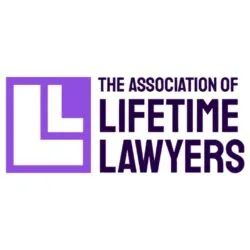
Mesothelioma Victims Vindicated in the Supreme Court
10 March 2011. The Supreme Court yesterday handed down judgments in the linked cases of Sienkiewicz -v- Greif and Knowsley MBC -v- Willmore.
The insurance industry has fought another bad point to the highest Court in the land in an attempt to deprive victims of their proper compensation for what the Court rightly called the hideous disease of mesothelioma. Dianne Wilmore had been exposed to asbestos whilst at school in the 1970’s. In Sienkiewicz, Enid Costello (Mrs Sienkiewicz’s mum) had been exposed while working in the offices of a factory belonging to the Defendant.
In both cases the victims had only been exposed to asbestos by that one exposer.
In the earlier case of Fairchild the Supreme Court had held that where there had been exposure by more than one negligent person, and the victim couldn’t show which of those two negligent exposers had actually caused the illness, he could not prevent the victim successfully claiming. They said that any Defendant whose wrongful exposure of a victim to asbestos had caused a “material increase in risk” was liable to compensate the victim even if for example another wrongdoer may also have contributed.
In another Supreme Court case called Barker -v- Corus it was decided that where more than one exposer had materially increased the risk the liability to pay compensation was divided in proportion to the contribution to the increased risk. The effect of this would have been to deprive victims of proper compensation since it is usually the case that all past exposers and their insurers cannot be found.
This case of Barker was promptly overruled by Parliament in Section 3 of the Compensation Act 2006. Morrish Partner Martin Bare was heavily involved in the drafting of the exact wording of that section and recalls that at the time the question of environmental exposure and background risk of mesothelioma from environmental exposure was a key issue in his thinking, even then.
He today said: “I am delighted the Supreme Court has confirmed that the material contribution test in Section 3 of the Compensation Act leaves no room for Defendants to argue that a victim must show on the balance of probabilities that exposure, where it comes from one Defendant, was more likely than not to be the cause. The scandalous “doubling of the risk” test put forward by the Defendants has been roundly and rightly rejected.”
Morrish Partner Julie Winn, member of the Asbestos in Schools Committee for the Associations of Teachers and Lecturers, and Chair of the Joint Union Asbestos Committee said today that she did not believe that the problems of asbestos in the nation’s schoolrooms have been properly addressed.
She continued: “The nation’s teachers and children ought to be able to breathe in our schools without risking horrendous health problems. The young may be particularly vulnerable to the effects of asbestos and teachers can be exposed for a very long time in a teaching career.”
Michael Lees, veteran anti-asbestos campaigner, recipient of the Hazards Campaign Alan Award, whose teacher wife Gina died of mesothelioma, added: “The judgement is a tragic reminder that a failure in asbestos management in a school can lead to a peron’s death. The Government must now implement proper measures to ensure that schools can effectively manage their asbestos, and must also adopt a policy of the phased removal of all asbestos from our schools if deaths such as Dianne’s are to be prevented in the future.”
Martin Bare long time advocate of the rights of injured victims concluded: “I hope that the dismissal by the highest Court in the land of the latest dirty trick tried by the Defendants will make plain the extent of the problem and subject it to scrutiny by the glare of public opinion.”
For further information please contact Vanessa Charters at Morrish Solicitors on 0113-29799844 or 07595564764.










